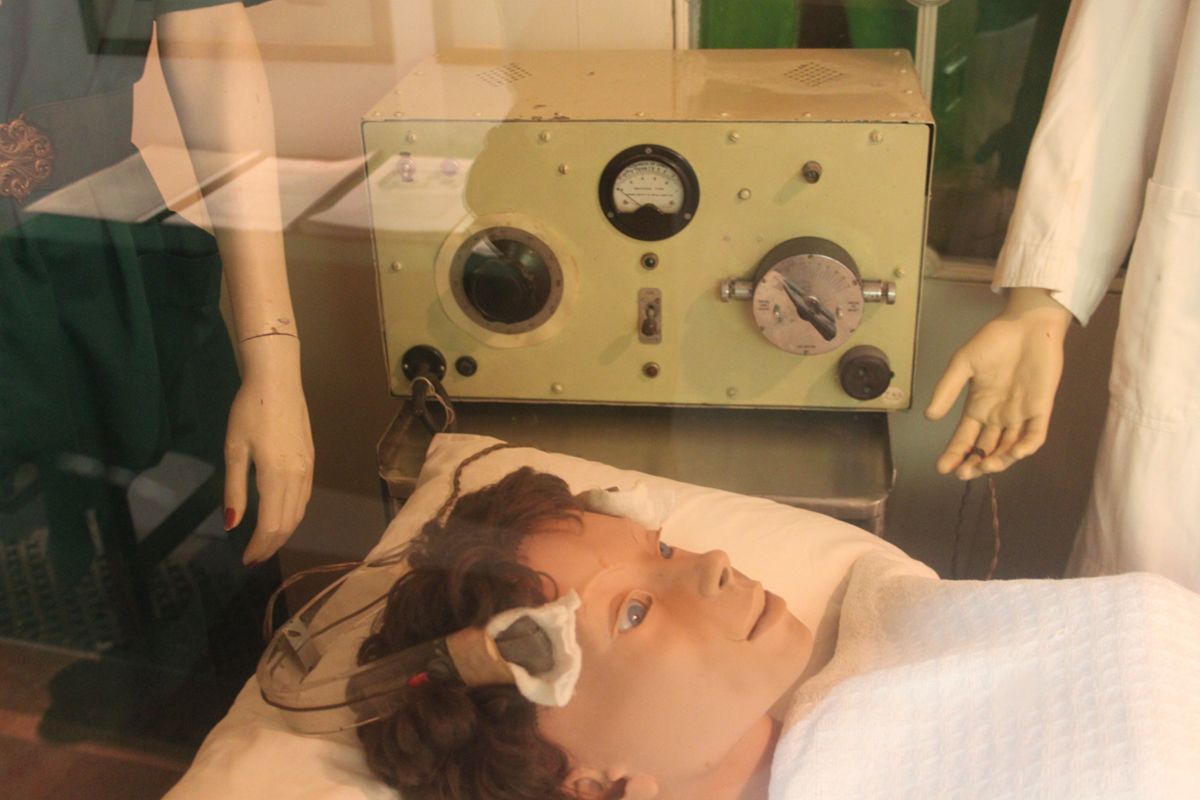
What is Electroconvulsive Therapy? Electroconvulsive therapy (ECT), formerly known as electroshock is used for treating severe clinical depression, schizophrenia, mania and other mental illnesses.
Electroconvulsive therapy was first introduced almost 70 years ago. This procedure is much safer today then it originally was, although its effectiveness in treating psychiatric disorders is still disputable.
However, ECT can be effective in patients with severe depression associated with a high risk of suicide, which does not respond to other treatment options. In such cases, the treatment helps to quickly and significantly relieve the symptoms of the condition.
How Electroconvulsive Therapy Works?Electroconvulsive therapy aims to produce controlled clonic seizures for at least 15 seconds in which a patient becomes unconscious. This is performed by placing electrodes on both temples of a patient’s head and passing an electric current through his or her head. This induces seizures that help to change the brain chemistry caused by immense neurochemical release in the brain.
Why is Electroconvulsive Therapy Used?Electroconvulsive therapy is most commonly used for the treatment of severe major depression, especially if it is followed by psychosis, refusal to eat and suicidal tendencies.
It is also useful in treatment of severe mania that usually occurs with bipolar disorder, for which medications have not been effective.
Severe schizophrenia that does not respond to medications can be also effectively treated with electroshock therapy.
In addition, electroconvulsive therapy is used for the treatment of catatonia, characterized by motor behavior disturbance due to either neurological or psychological causes.
Machines for Electroconvulsive TherapyThe electroconvulsive machines have been significantly improved comparing to the ECT sine-wave machines that were originally used. Modern ECT machines deliver just a brief pulse current that causes fewer cognitive effects. The current is passed between one to six seconds. The ECT machines used the electrical stimulus of about 800 milliamperes and several hundred watts.
Adverse Effects of Electroconvulsive TherapyThe ECT is associated with several side effects that are similar to those of brief general anesthesia. Loss of Memory – Memory can be affected by the electroshock therapy in different ways. Memory loss is usually temporary but rarely may be permanent. Usually, patients experience retrograde amnesia where memory of events prior to the treatment is lost. Those are usually a couple of weeks old events although sometimes patients may lose memory from months and years before the treatment.Cognitive Impairments – Confusion may occur right after the session that may last between couple of minutes to several hours. Medical Complications – There is a risk of elevated blood pressure and increased heart rate during the treatment. This can cause serious heart problems.Physical Problems – The ECT is often followed by nausea, vomiting, headache, muscle pain and jaw pain.


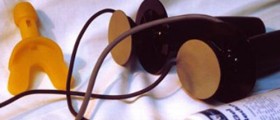

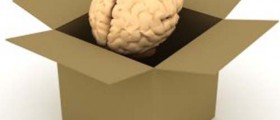
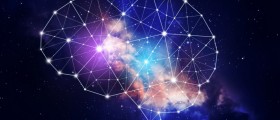

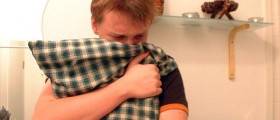
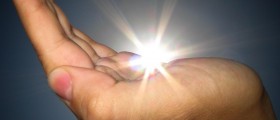

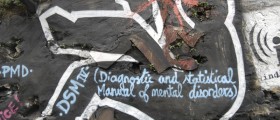

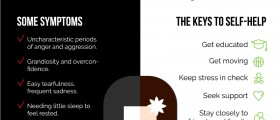
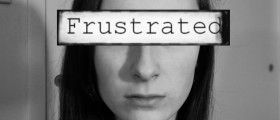



Your thoughts on this
Loading...